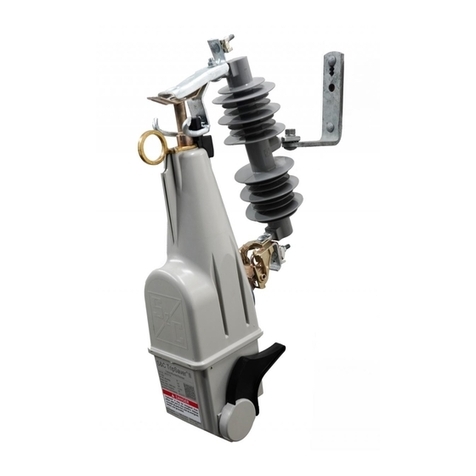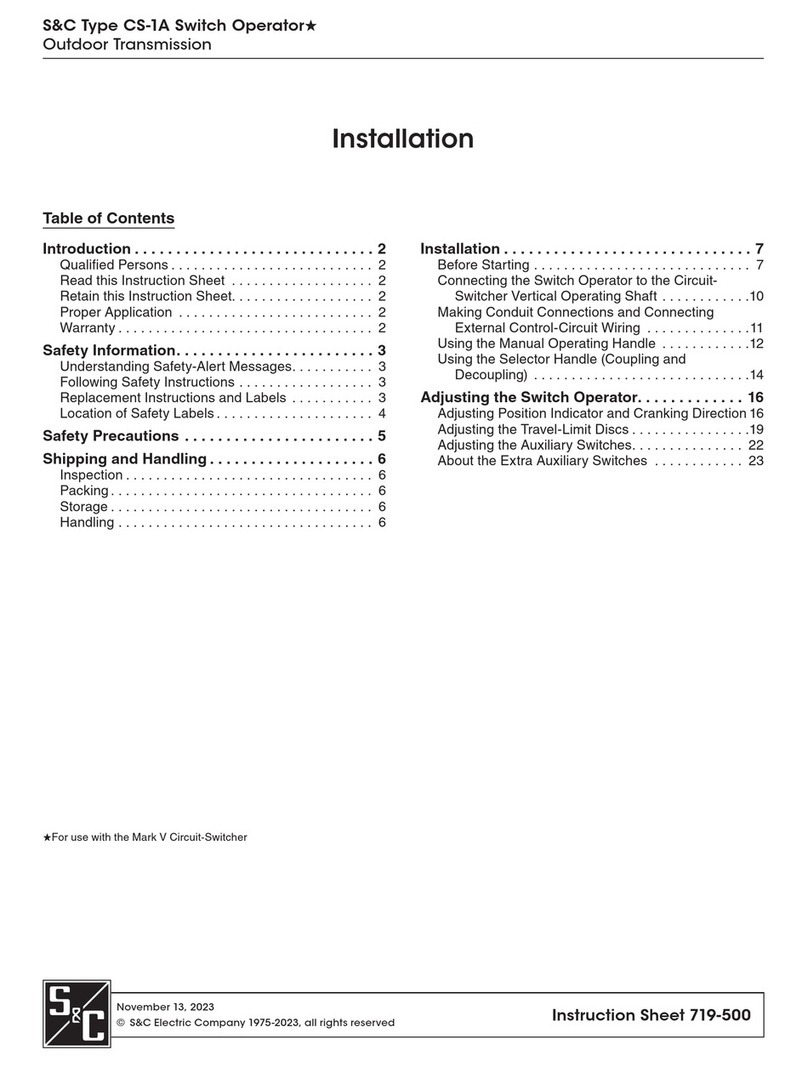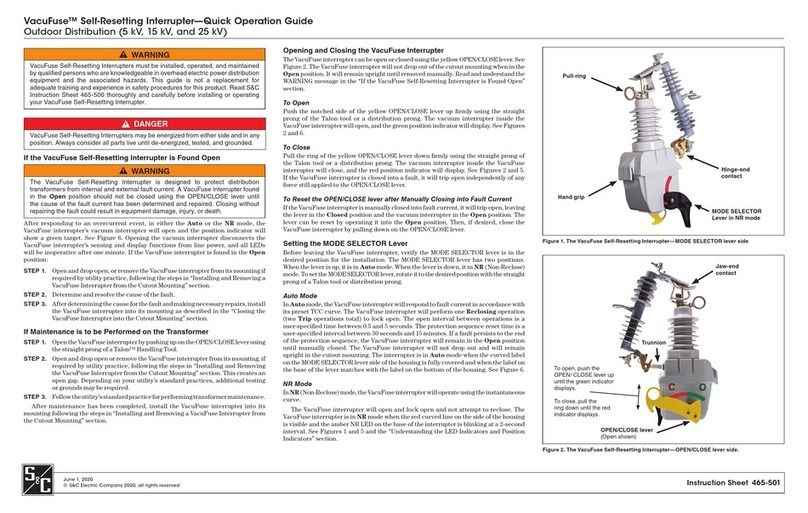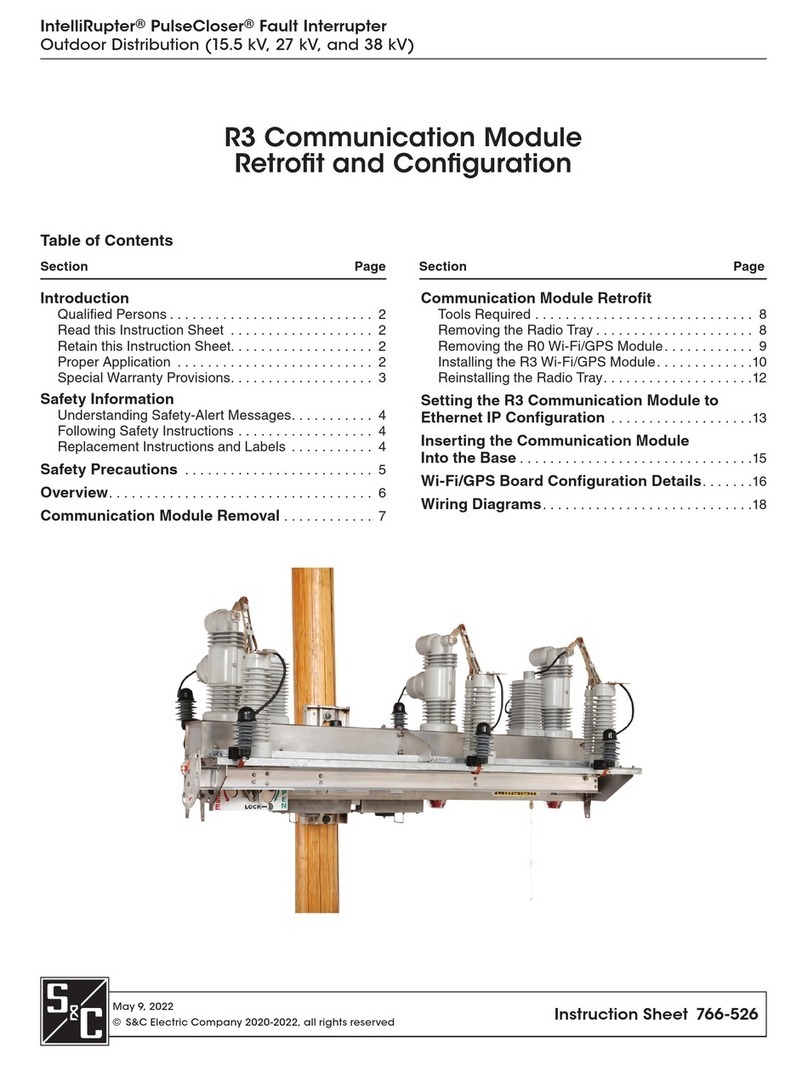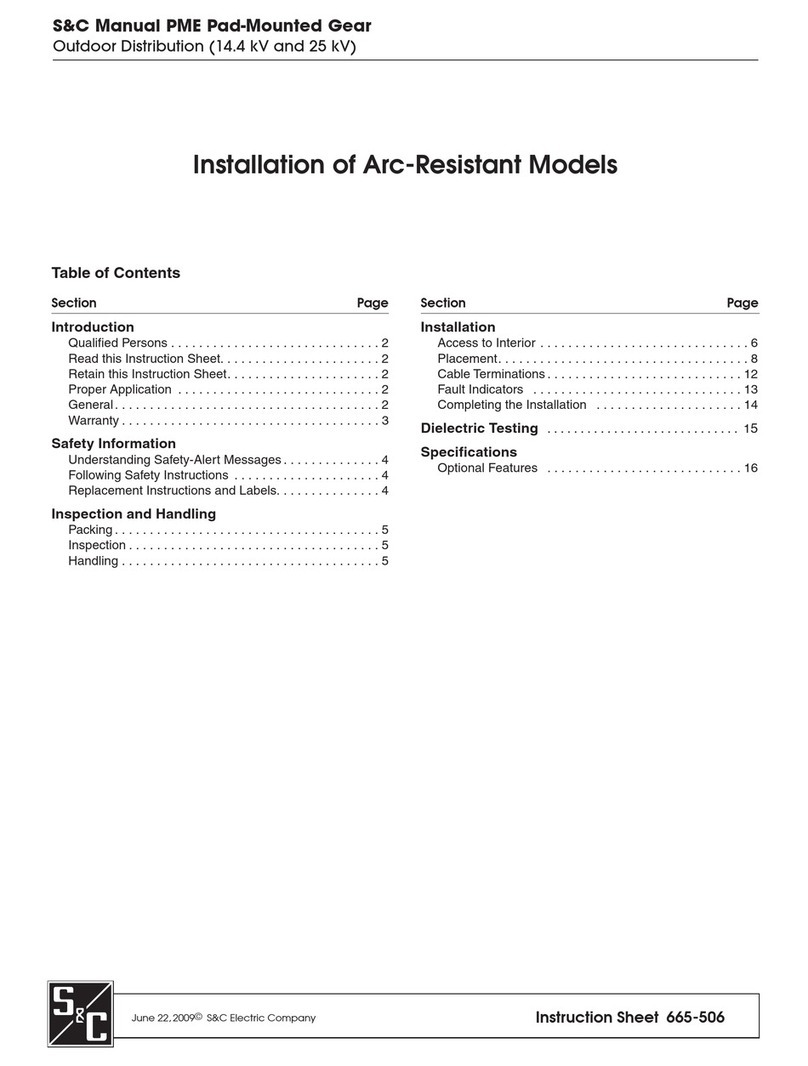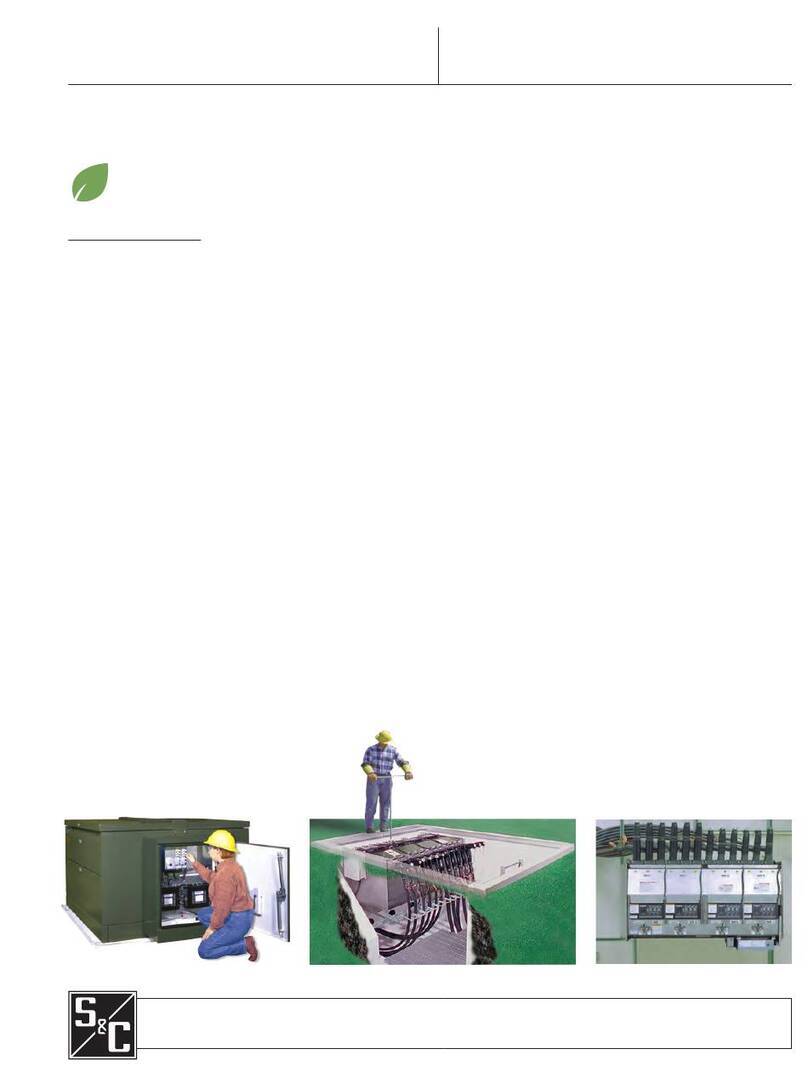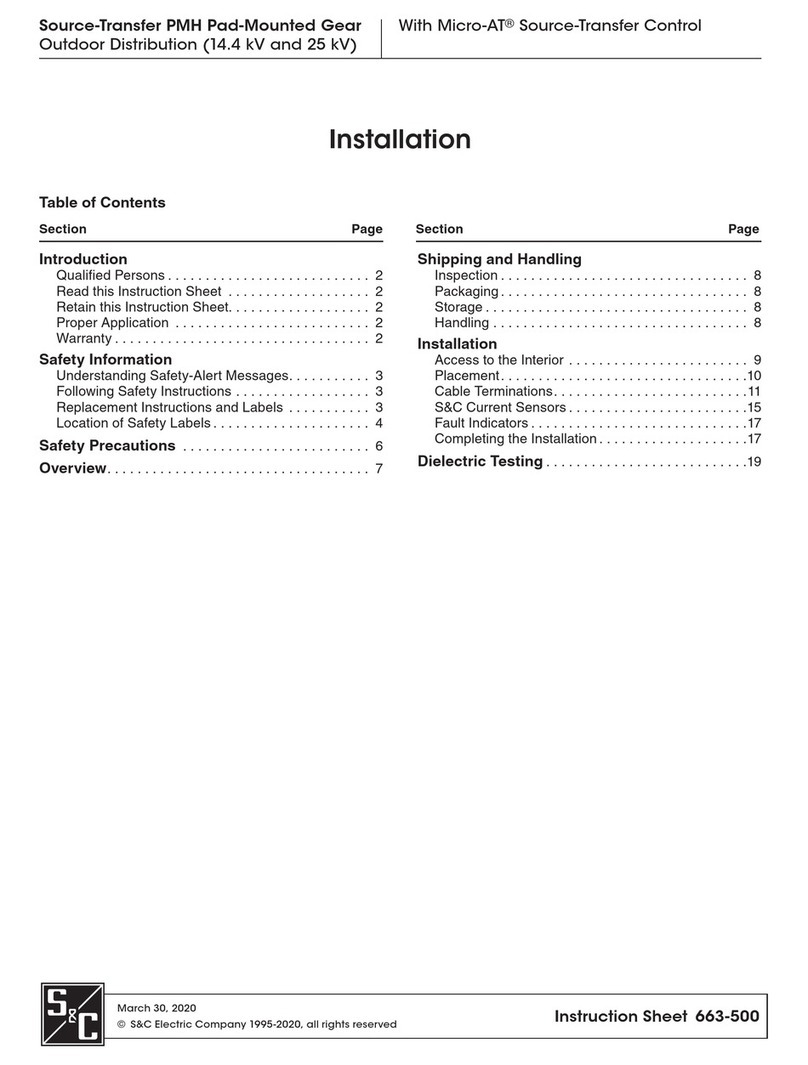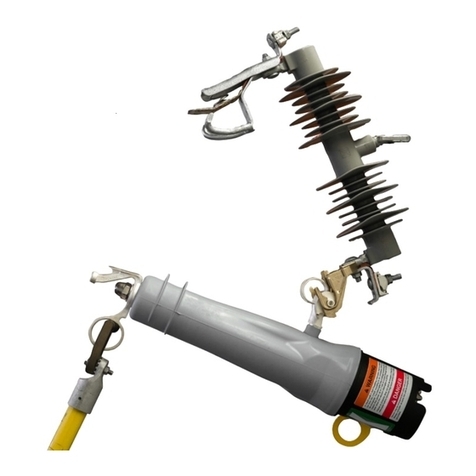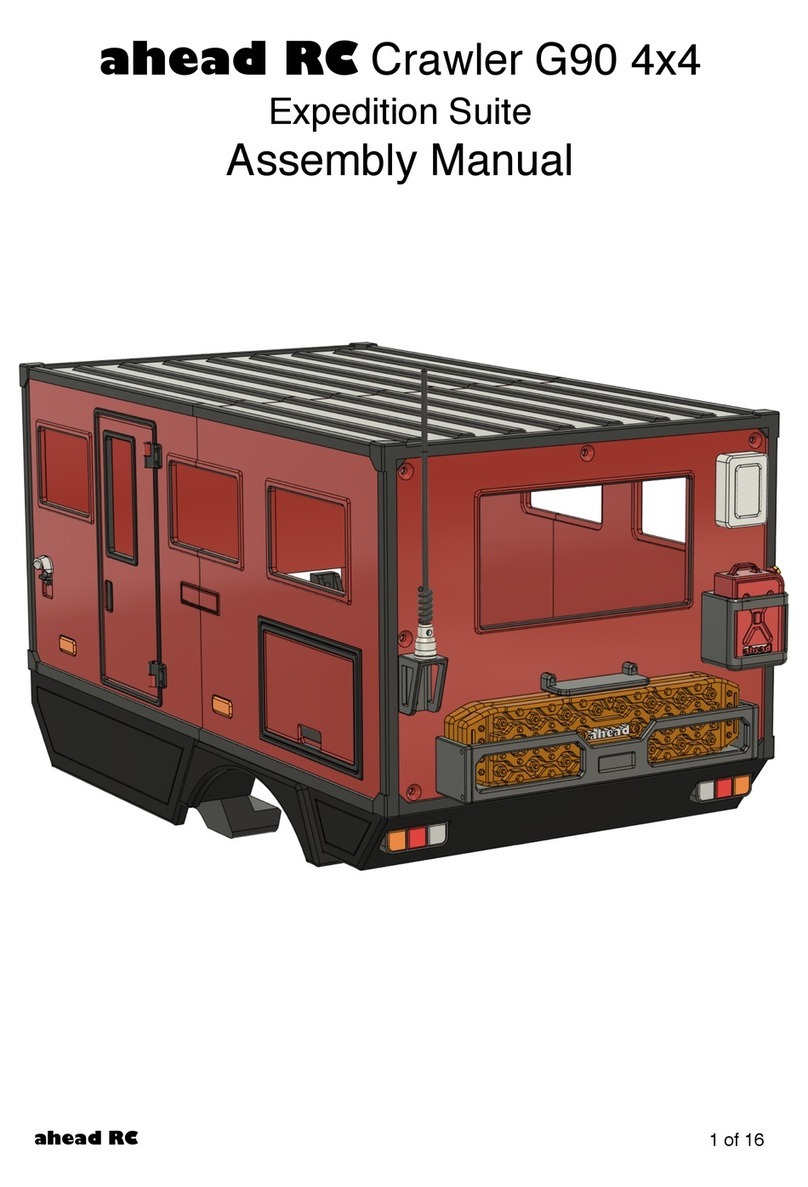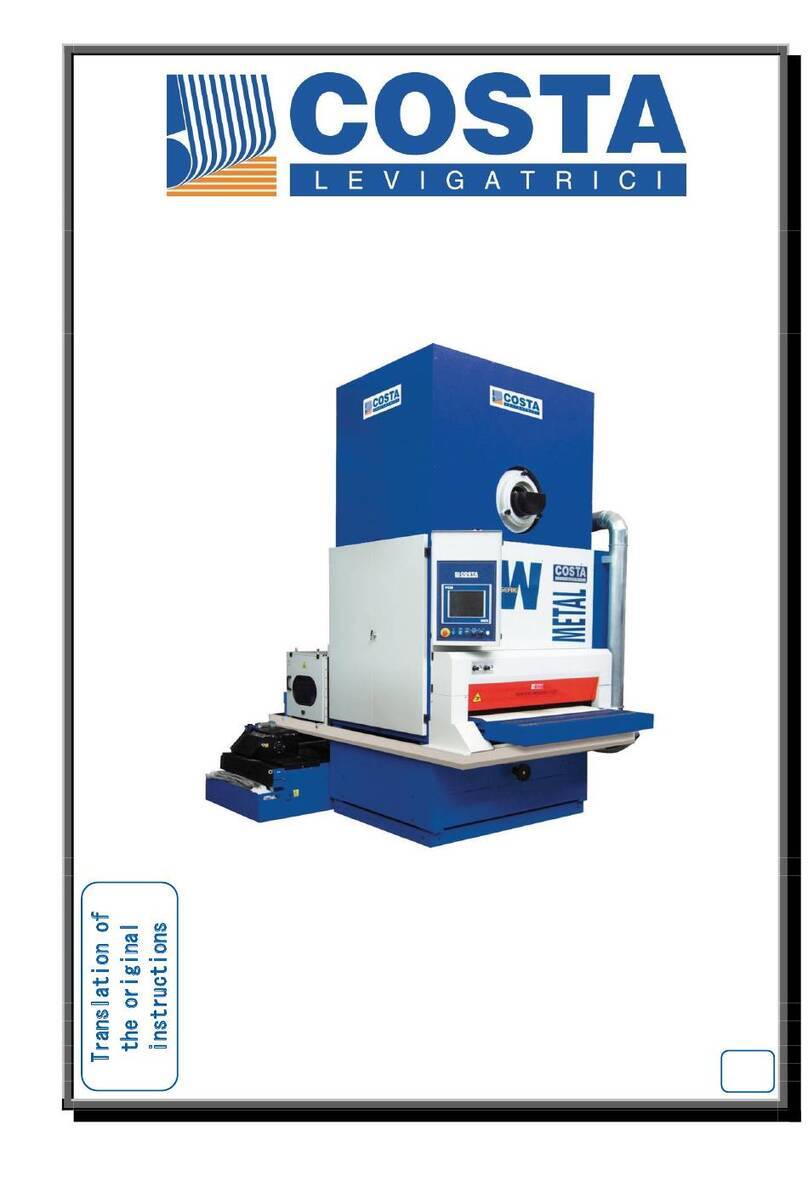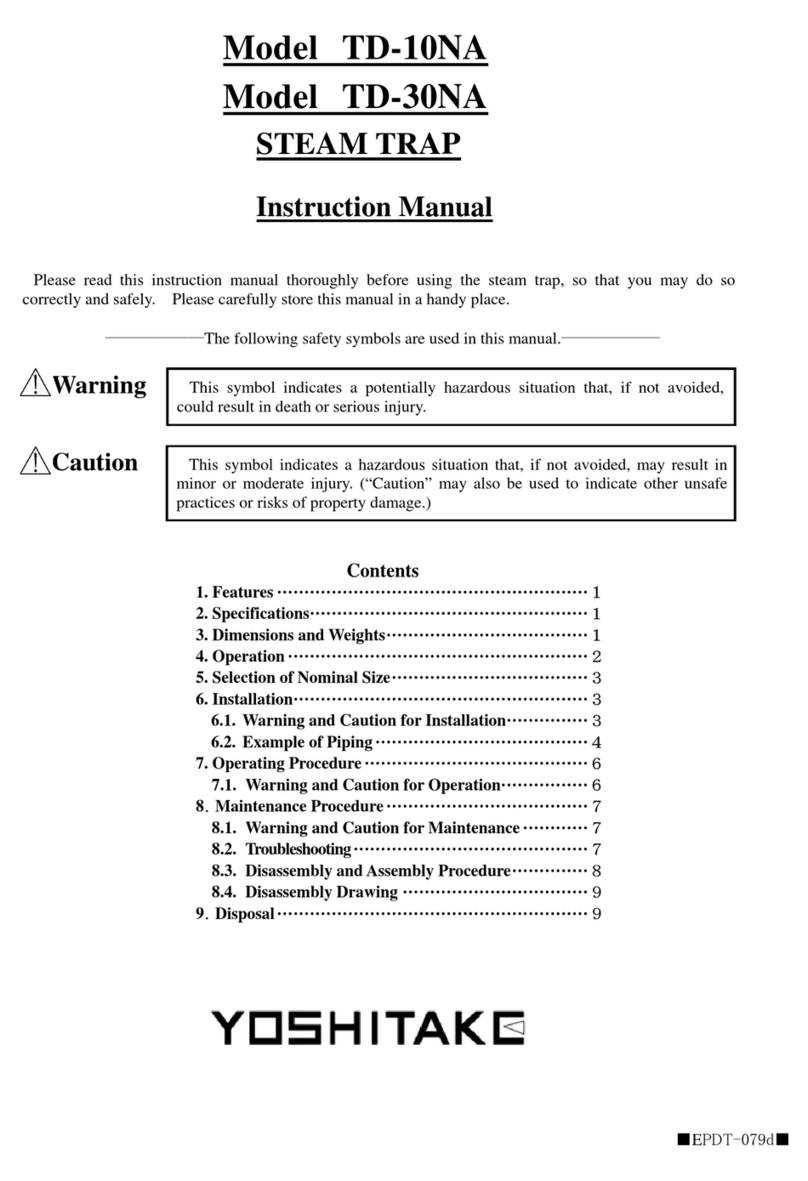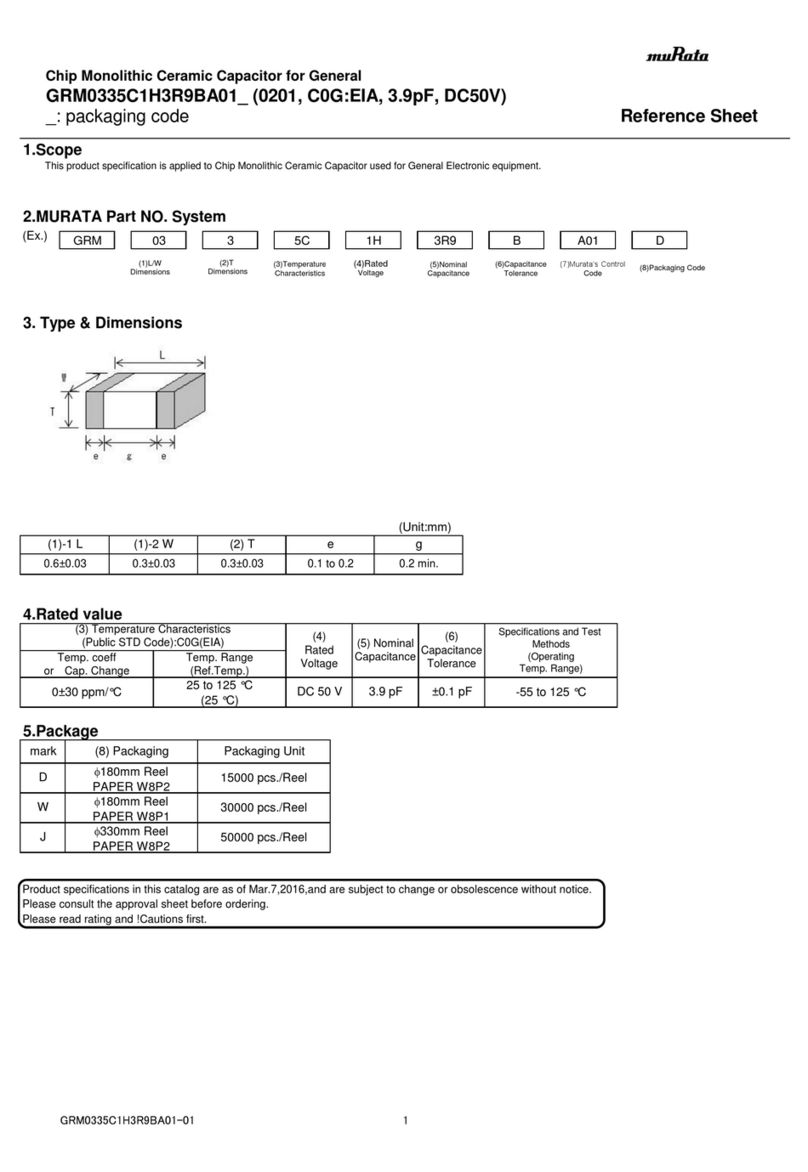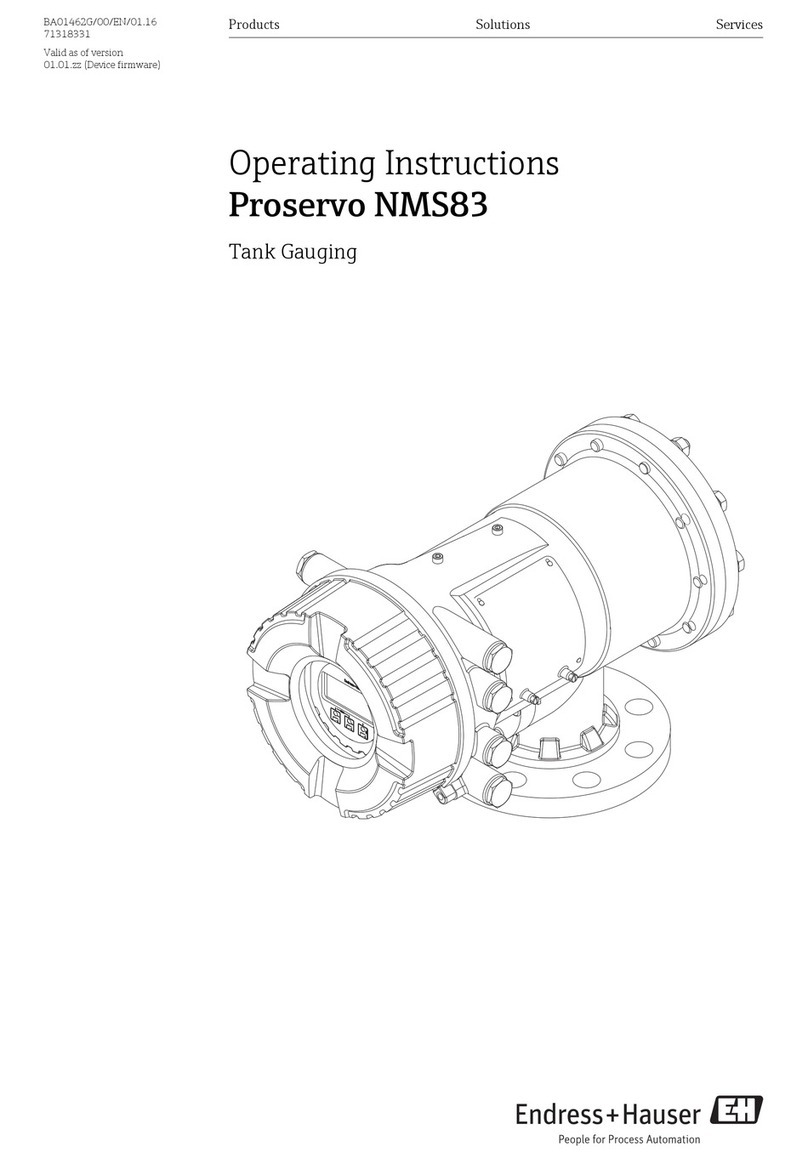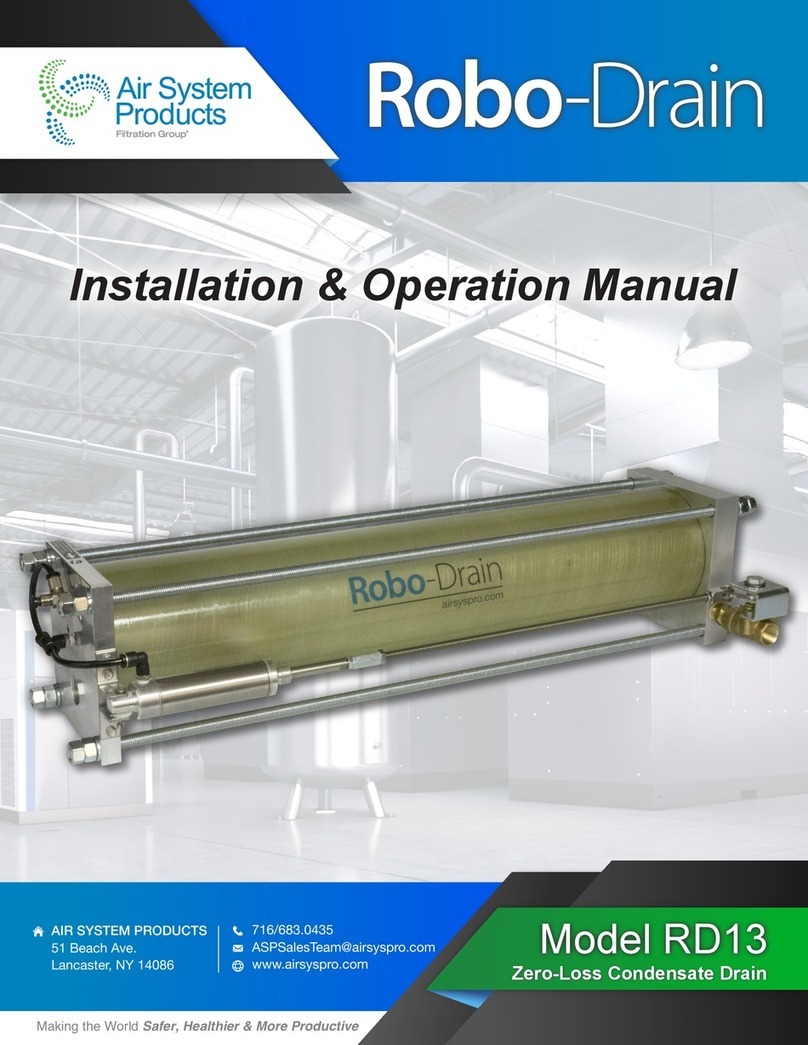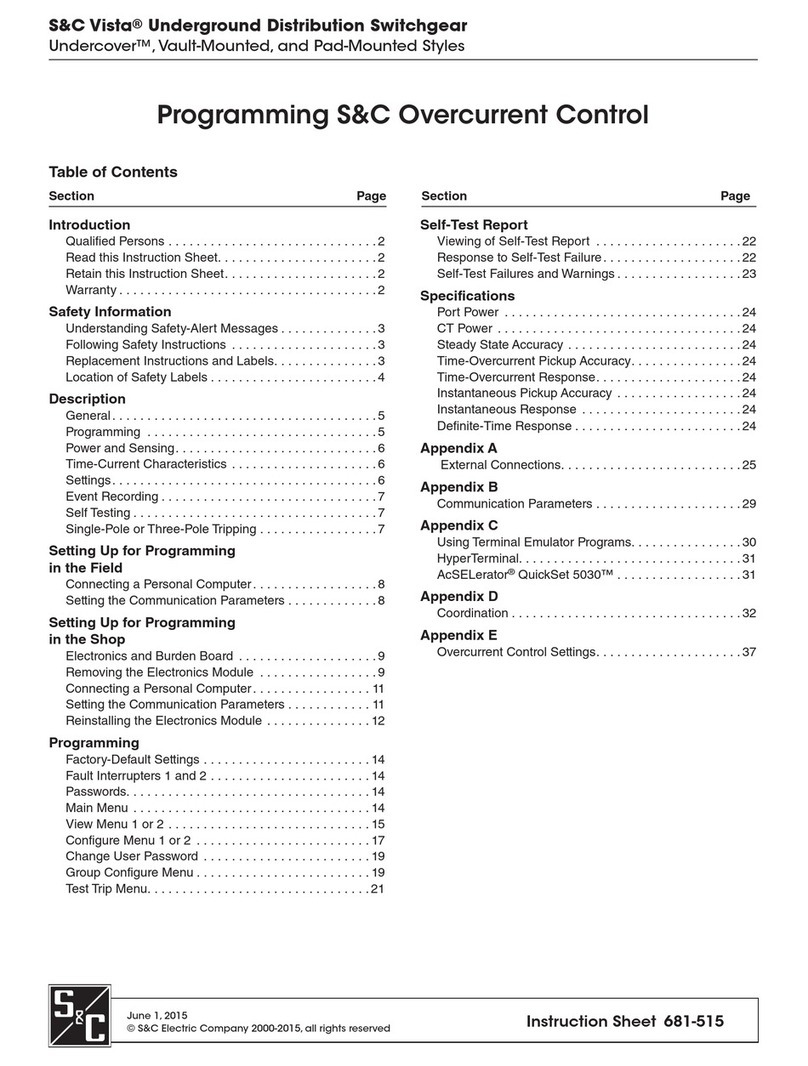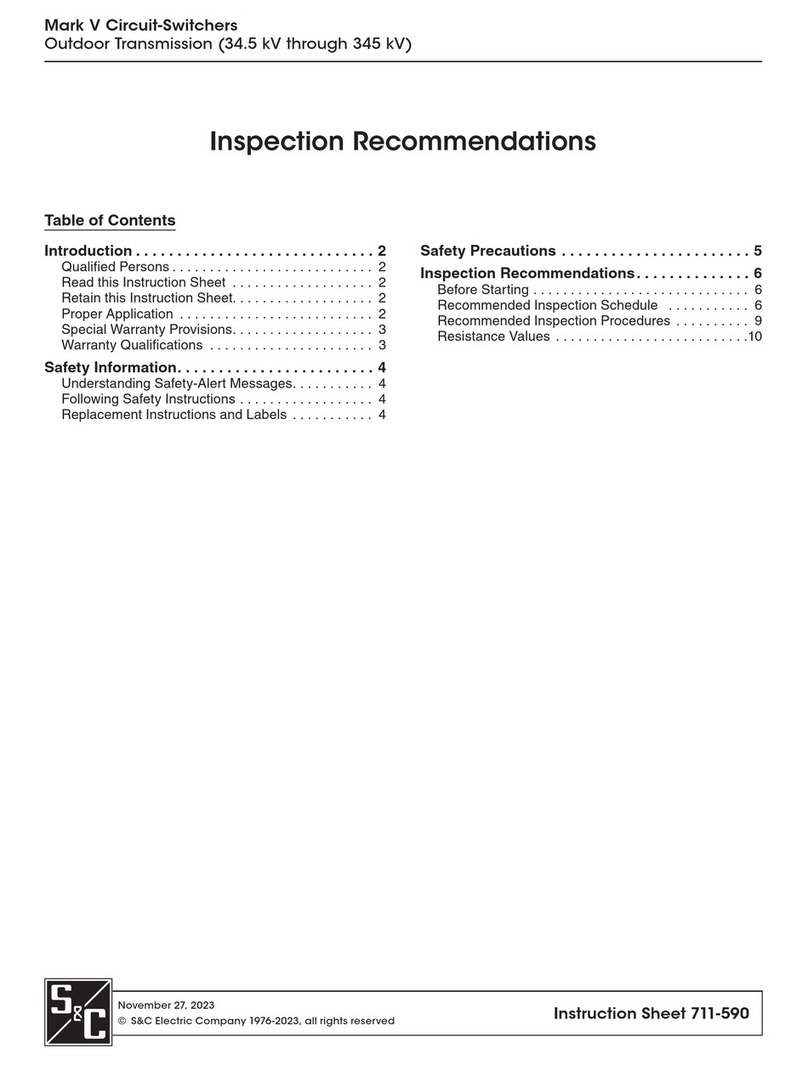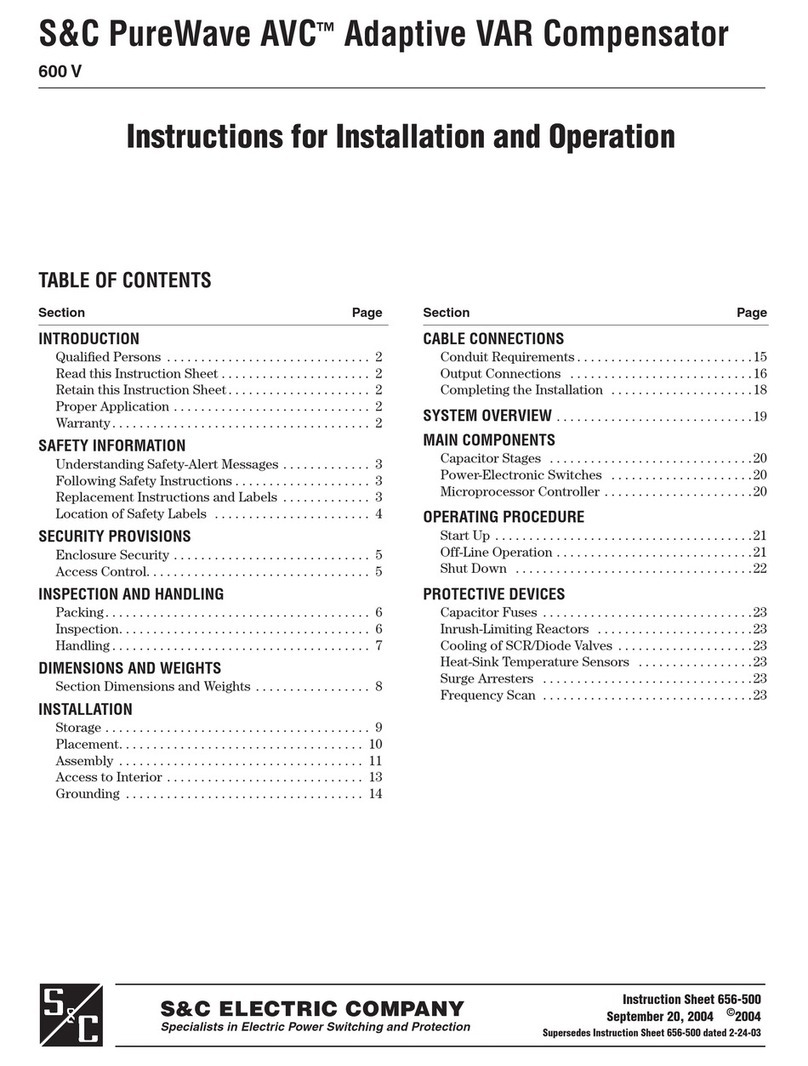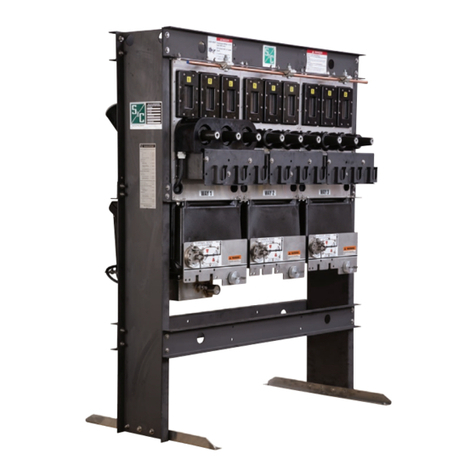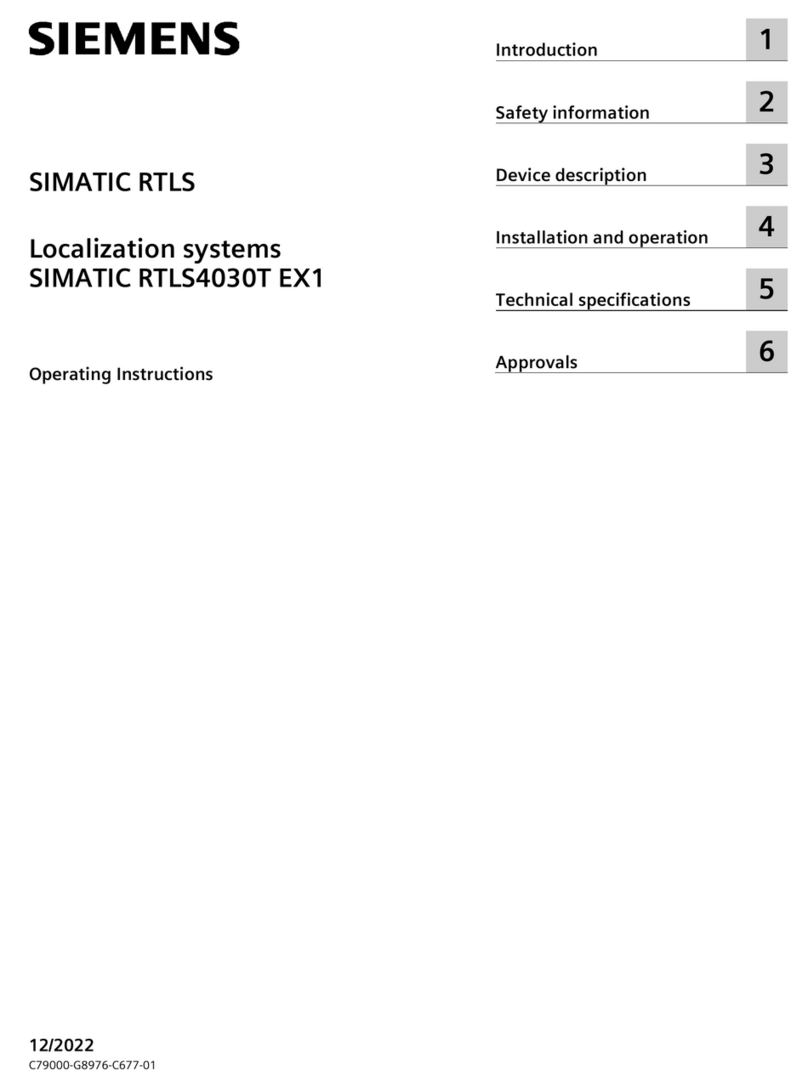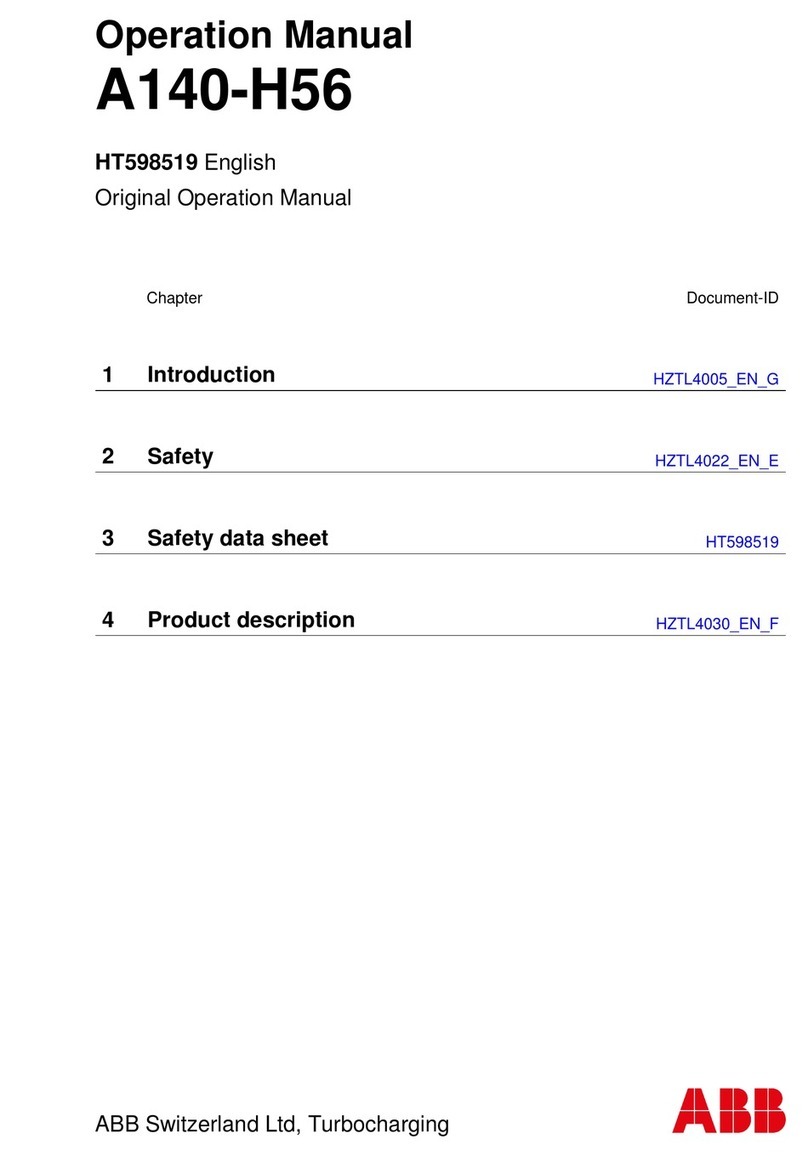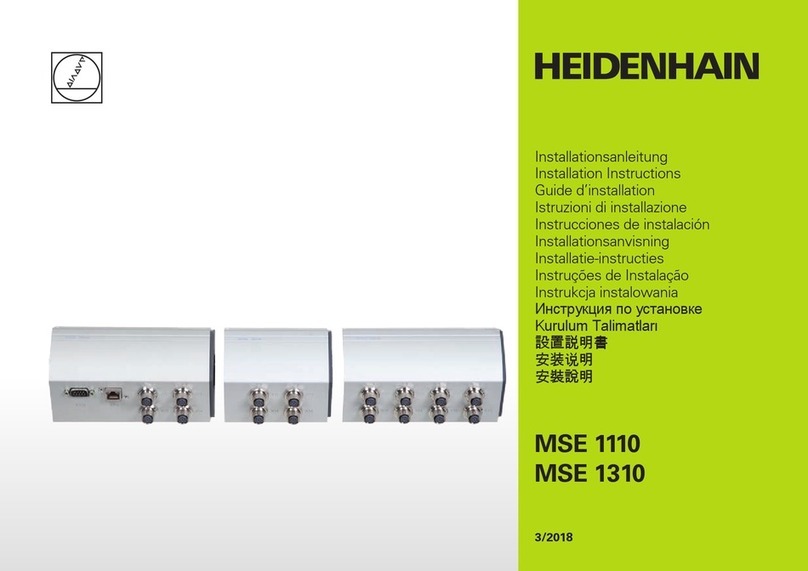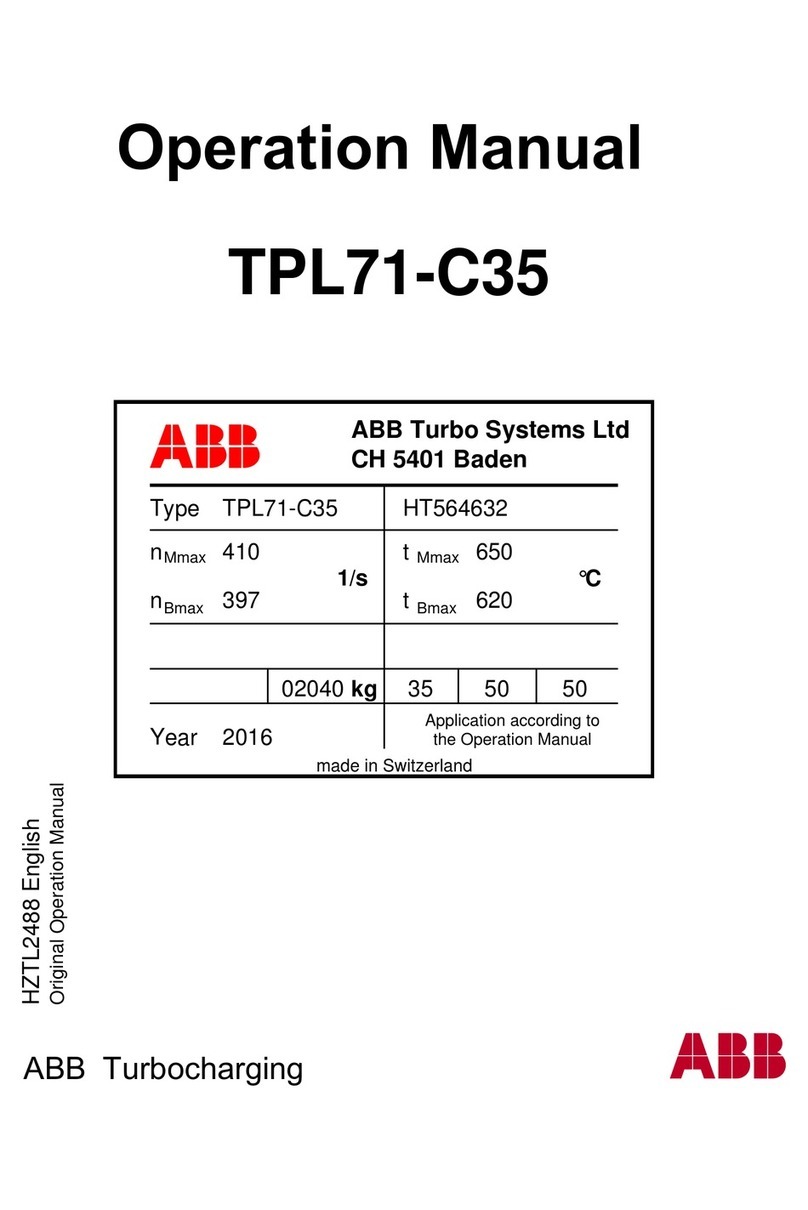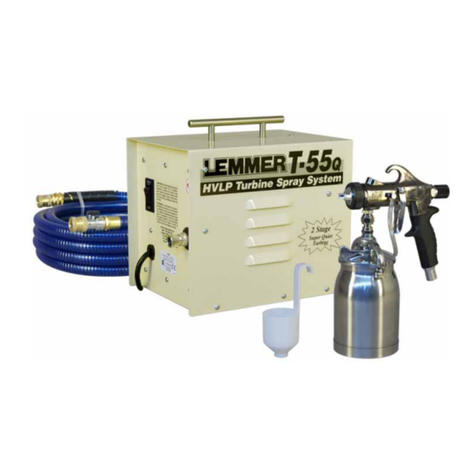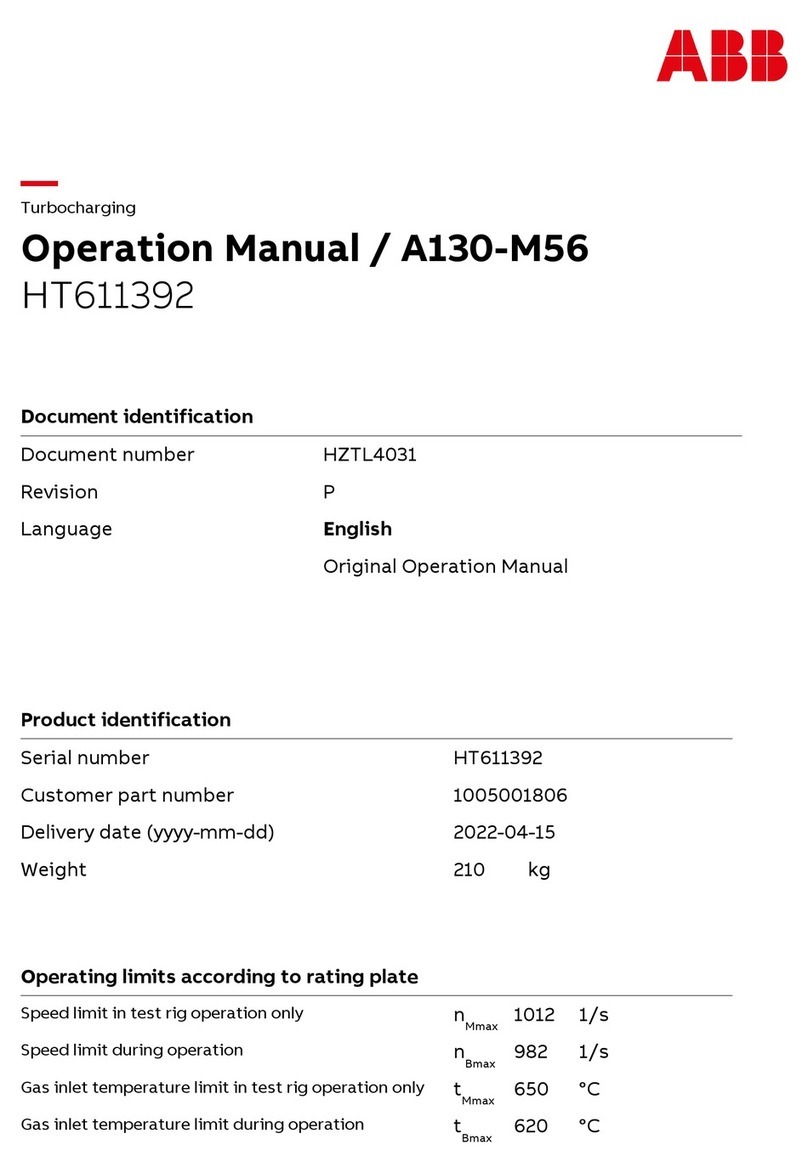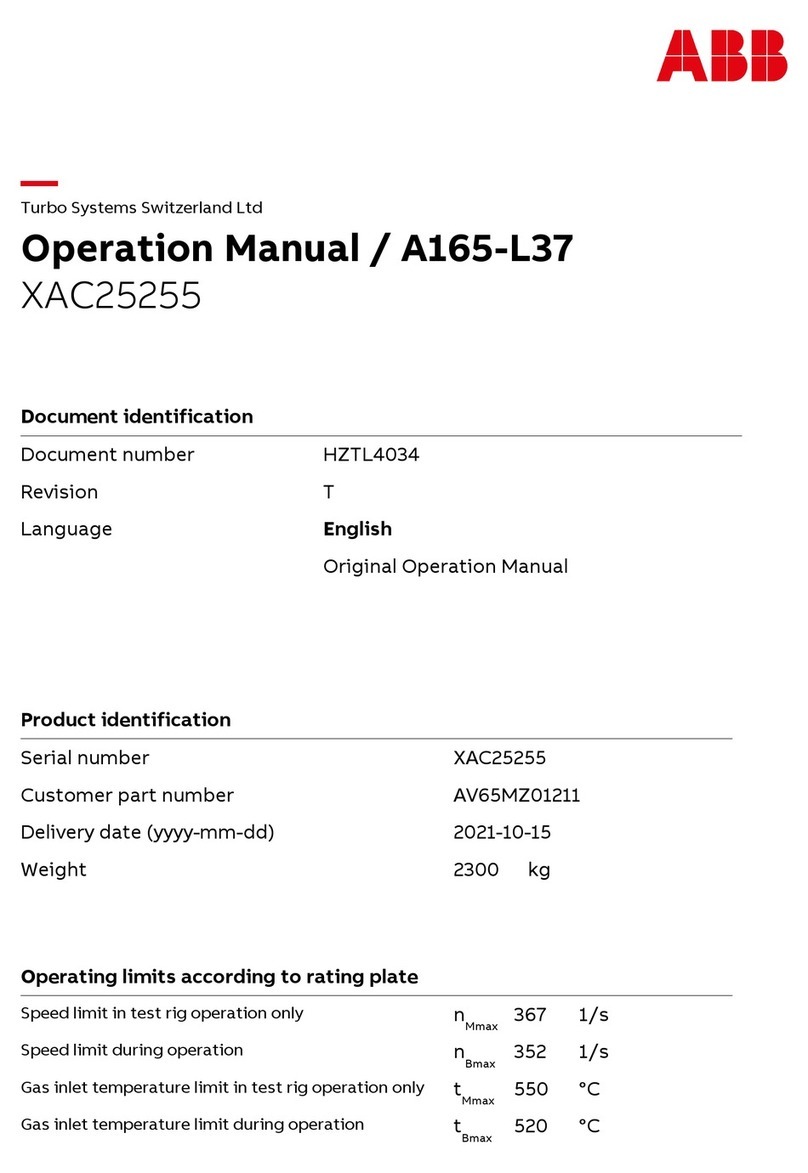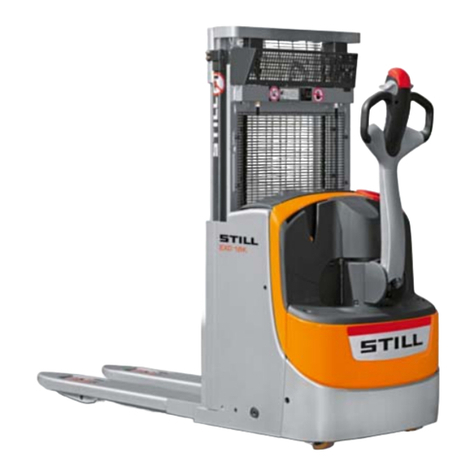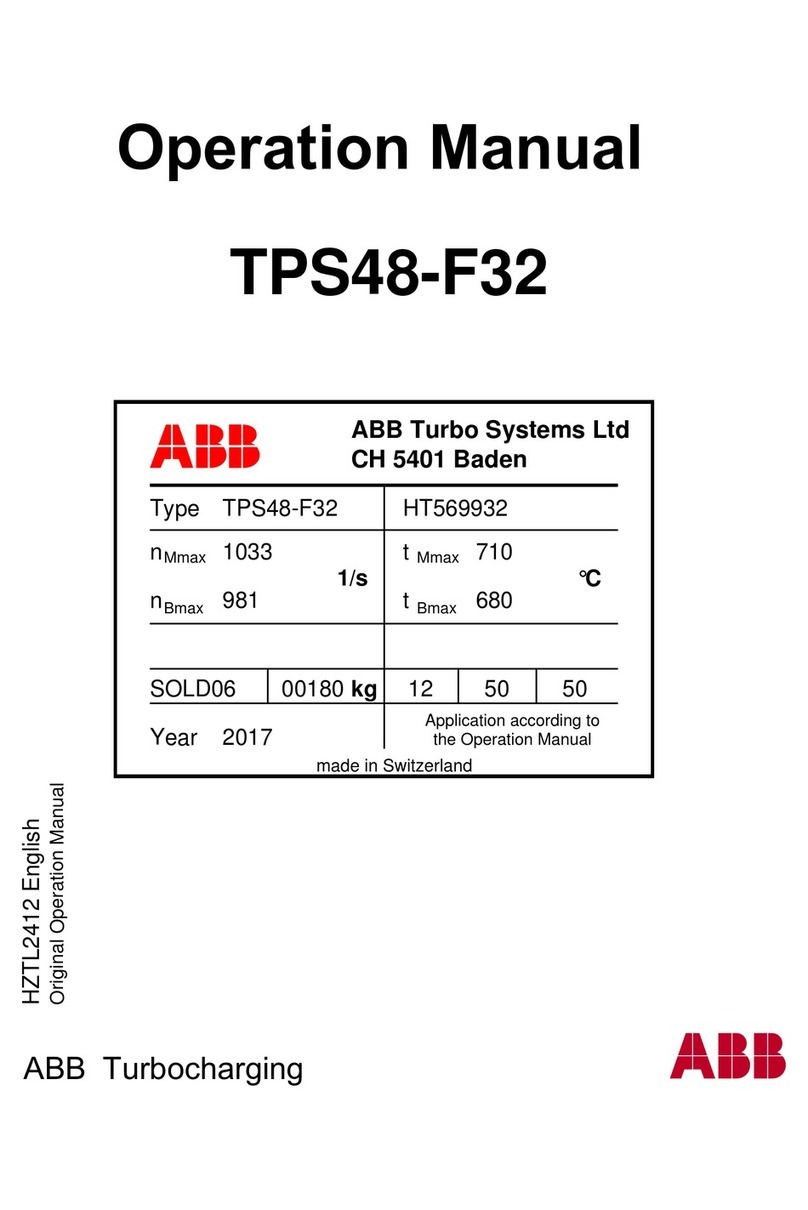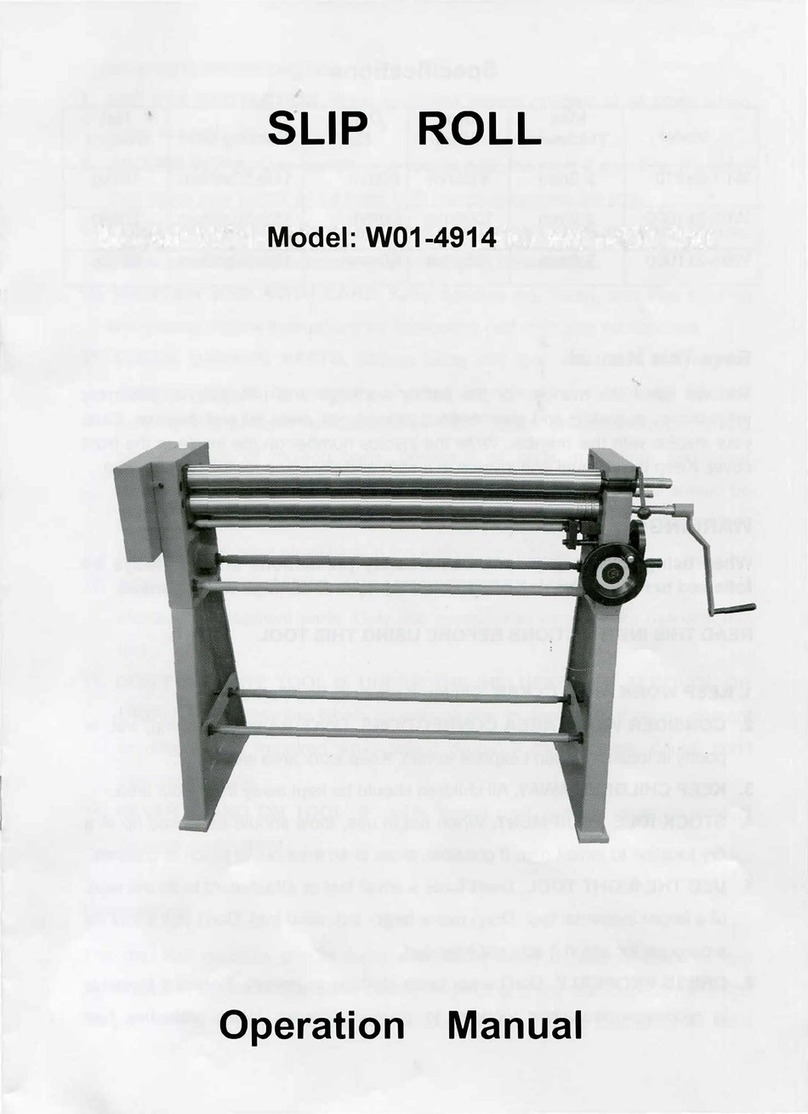
2 S&C Instruction Sheet 466-501
VacuFuse®II Self-Resetting Interrupter—Quick Operation Guide
Outdoor Distribution (12.47 kV through 27.0 kV)
STEP 2. Wait about one minute 45 seconds until the VacuFuse II interrupter drops out.
If the VacuFuse II Self-Resetting Interrupter stays in its cutout mounting, confirm the
POSITION indicator at the base of the VacuFuse II interrupter displays a green target.
In this case, the VacuFuse II interrupter may not be powered and cannot drop out. Refer
to the “Troubleshooting” section of S&C Instruction Sheet 466-500 to determine the
appropriate action to take.
If the VacuFuse II Self-Resetting Interrupter is in its cutout mounting with the
vacuum interrupter in the Closed position and operating the manual operating lever
to the Open position does not work, or the VacuFuse II interrupter is to be removed
from its cutout mounting in the Closed position for any other reason, follow the instruc-
tions in the “Removing the VacuFuse II Interrupter from the Cutout Mounting using
Loadbuster®—The S&C Loadbreak Tool” section of S&C Instruction Sheet 466-500.
WARNING
DO NOT attempt to open a VacuFuse II Self-Resetting Interrupter that is in the
Closed position without using a loadbreak tool, such as S&C’s Loadbuster tool. An
arc started by opening a VacuFuse II Self-Resetting Interrupter under load without
a loadbreak tool can cause equipment damage, serious injury, or death.
Instructions for using S&C’s Loadbuster tool can be found in S&C Instruction Sheet
466-500.
STEP 3. Removal using gloved hands: Remove the VacuFuse II interrupter from its
mounting with gloved hands, as shown in Figure 5.
STEP 4. Removal using the Talon Handling Tool: Attach a Talon tool to a short
hotstick. Insert the curled prong of the Talon tool into the lifting eye of the
trunnion, and raise the VacuFuse II interrupter out of its mounting.
If the VacuFuse II Self-Resetting Interrupter Is Found Open
WARNING
The VacuFuse II Self-Resetting Interrupter is designed to protect distribution
transformers from internal and external fault current. A VacuFuse II interrupter found
in the Open and Drop Out position should not be closed using the manual operating
lever until the cause of the fault current has been determined and repaired. Closing
without repairing the fault could result in equipment damage, injury, or death.
WARNING
VacuFuse II Self-Resetting Interrupters must be dropped out from the cutout mounting
to be considered open.
VacuFuse II Self-Resetting Interrupters are different from other cutout-mounted
devices, including the VacuFuse® Self-Resetting Interrupter. VacuFuse II interrupters
have a voltage-harvesting power supply that allows up to 1 mA of current to go through
them, even when the vacuum interrupter is open.
Failure to consider the current through the VacuFuse II interrupter when the vacuum
interrupter is open may lead to serious injury or death.
After responding to an overcurrent event, the VacuFuse II interrupter’s vacuum inter-
rupter will open and the POSITION indicator will show a green target. If the overcurrent
event persists after the reclosing event, the interrupter will lock out and drop out from
the cutout mounting. Note that non-reclosing VacuFuse II interrupters will lock out and
drop out from the cutout mounting every time the device responds to an overcurrent
event. Follow these steps if the VacuFuse II Self-Resetting Interrupter has operated and
is in the Open and Drop Out position:
STEP 1. Remove the VacuFuse II interrupter from its mounting, if required by utility
practice, following the steps in the “Removing the VacuFuse II Interrupter from
the Cutout Mounting” section.
STEP 2. Determine and resolve the cause of the fault. After the fault has been resolved
and repairs completed, install the VacuFuse II interrupter and close it into the
mounting as described in the “Installing a VacuFuse II Interrupter into the
Cutout Mounting” section.
If Maintenance Is to Be Performed on the Transformer
STEP 1. Open the vacuum interrupter inside the VacuFuse II interrupter by moving the
manual operating lever to the Down position using the straight prong of the
Talon Handling Tool or a distribution prong. See Figure 4.
STEP 2. After the VacuFuse II Self-Resetting Interrupter opens and drops out (after
approximately 1 minute and 45 seconds), remove the unit from its mounting, if
required by utility practice. Follow the steps in the “Removing the VacuFuse II
Interrupter from the Cutout Mounting” section. This creates a visible open gap
showing the transformer is isolated from the feeder. Depending on utility
practice, additional grounds may be required.
STEP 3. Follow your utility’s standard practice for transformer maintenance. After
maintenance is complete, install the VacuFuse II interrupter and close it into
the mounting as described in the “Installing a VacuFuse II Interrupter into the
Cutout Mounting” section.
Opening and Closing the VacuFuse II Interrupter
WARNING
The VacuFuse II Self-Resetting Interrupter is designed to protect distribution
transformers from internal and external fault current. A VacuFuse II interrupter found
in the Open and Drop Out position (POSITION indicator displaying a green target)
should NOT be closed until the cause of the fault current has been determined and
repaired. Closing without repairing the fault could result in equipment damage, injury,
or death.
The vacuum interrupter inside the VacuFuse II interrupter can be opened using the yellow
manual operating lever on the side of the VacuFuse II interrupter, with or without power.
The interrupter must be closed in the cutout mounting with sufcient voltage present
for at least 45 seconds before the vacuum interrupter can be closed by moving the lever
to the Up position.
The VacuFuse II Self-Resetting Interrupter will drop out of the cutout mounting after
one minute when the vacuum interrupter is in the Open position and the READY TO
CLOSE LED is lit.
To open: Pull the yellow manual operating lever down rmly using the straight prong of
the Talon tool or a distribution prong. Remove the tool right away. The vacuum interrupter
inside the VacuFuse II interrupter will open, and the POSITION indicator will show the
green target. See Figure 2 on page 1. After one minute and 45 seconds of the vacuum
interrupter in the Open position, the VacuFuse II interrupter will drop out.
To close: Push the pull-ring of the manual operating lever up rmly using the straight
prong of the Talon tool or a distribution prong. The vacuum interrupter inside the
VacuFuse II interrupter will close after 45 seconds of sufcient voltage present at the
cutout mounting, and the POSITION indicator will show the red target. See Figure 2.
If the VacuFuse II interrupter is inadvertently closed into a fault, the vacuum interrupter
will trip open independently of any force still applied to the manual operating lever.
To reset the manual operating lever after manually closing into fault current:
When the VacuFuse II interrupter trips in response to a fault, the lever does not move,
leaving the lever in the Up position when the vacuum interrupter is in the Open position.
The lever can be “reset” by operating it into the Down position while the vacuum
interrupter is in the Open position.
Removing the VacuFuse II Interrupter from the Cutout Mounting
WARNING
DO NOT attempt to remove a VacuFuse II interrupter from its cutout mounting
with the vacuum interrupter in the Closed position. The vacuum interrupter is in
the Closed position when the POSITION indicator at the base of the VacuFuse
II interrupter displays a red target. Removing the VacuFuse II interrupter from its
cutout mounting with the vacuum interrupter in the Closed position may cause
arcing, equipment damage, serious injury, or death.
STEP 1. Open the vacuum interrupter by pulling down on the yellow manual operating
lever. Conrm the POSITION indicator at the base of the VacuFuse II
interrupter displays a green target. See Figure 2 on page 1.
Figure 4. A VacuFuse II Self-Resetting
Interrupter.
Manual
operating
lever
Hinge-end
contact
Jaw-end
contact
Pull-ring
Trunnion
Figure 5. Guiding or removing the trunnion
from the hinge using gloved hands.
Trunnion


